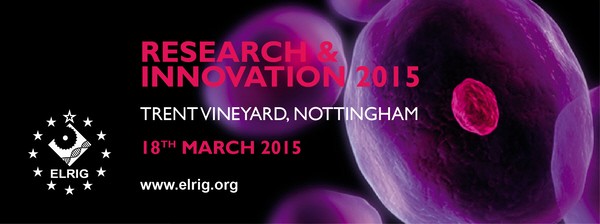Discussion
Recently, numerous reports indicating that human pluripotent stem cells (hPSCs) can be differentiated effectively to produce cardiomyocytes using defined differentiation methods have sparked discussion on whether these stem cell-derived cardiomyocytes can serve as faithful models in vitro in terms of studying electrophysiology, disease-associated biology and metabolism. This is because the ion channel expression and metabolic capacity in these cells are poorly developed, representing an immature phenotype. For academia and industry, this is a major limitation in drug evaluation and modelling of adult-onset disorders. These characteristics may be attributed to the quality of cardiomyocytes produced by differentiation protocols and more importantly, the state of maturation of these cells coming out of differentiation. In a comprehensive analysis, we compared patient- associated human induced pluripotent stem cells (hiPSCs) derived via lentivirus, retrovirus, sendai virus and episomal reprogramming, in their efficiency to produce cardiomyocytes through various defined culture media, differentiation protocols and differentiation cocktails in a monolayer culture. This led us to identify a protocol that is quick (10-15 days), reproducible, upscalable and independent of the different variables tested to give efficiencies of >85% in cardiac-specific sarcomeric alpha actinin or cTnT expression by flow cytometry, using defined media (StemPro34) with a combination of recombinant human growth factors (Activin A and BMP4) and small molecules (KY02111 and XAV939). Using this method, we characterised a protein expression profile for the various markers of differentiation from mesoderm induction to cardiac specification (including T, Isl1, Nkx2.5, Mesp1 and alpha actinin) and identified temporal coordination of mechanistic regulators (Smad4, Atf2 and Tcf7) to drive this mechanism. Ventricular cardiomyocytes are central to the biology of the heart and its responses, and therefore, we utilized a non-invasive RNA-based technology called SmartFlareTM (Millipore) to detect ventricular cardiomyocytes (MLC-2v positive) in a live population of differentiated cells produced by our defined protocol using confocal microscopy and then to sort these MLC-2v positive cells using FACS. Not only did this technology allow us to identify >90% vCMs from our protocol but allowed us to subject these MLC-2v purified cells to different chemical reagents/small molecules to determine if we can push maturation of ventricular cardiomyocytes. We observed significant differences in structure, gene expression, electrophysiology and biology (hypertrophy and mitochondrial kinetics) after such treatments for just 15 days, indicative of a trend towards mature phenotype using small molecules that are presumed to regulate Ik1 channel function. This is the first study in our knowledge to produce biologically-relevant human ventricular cardiomyocytes in high efficiency in vitro rapidly, paving the way for 3D application, high throughput drug screening, disease modelling and for reproducing in vivo mechanisms.

